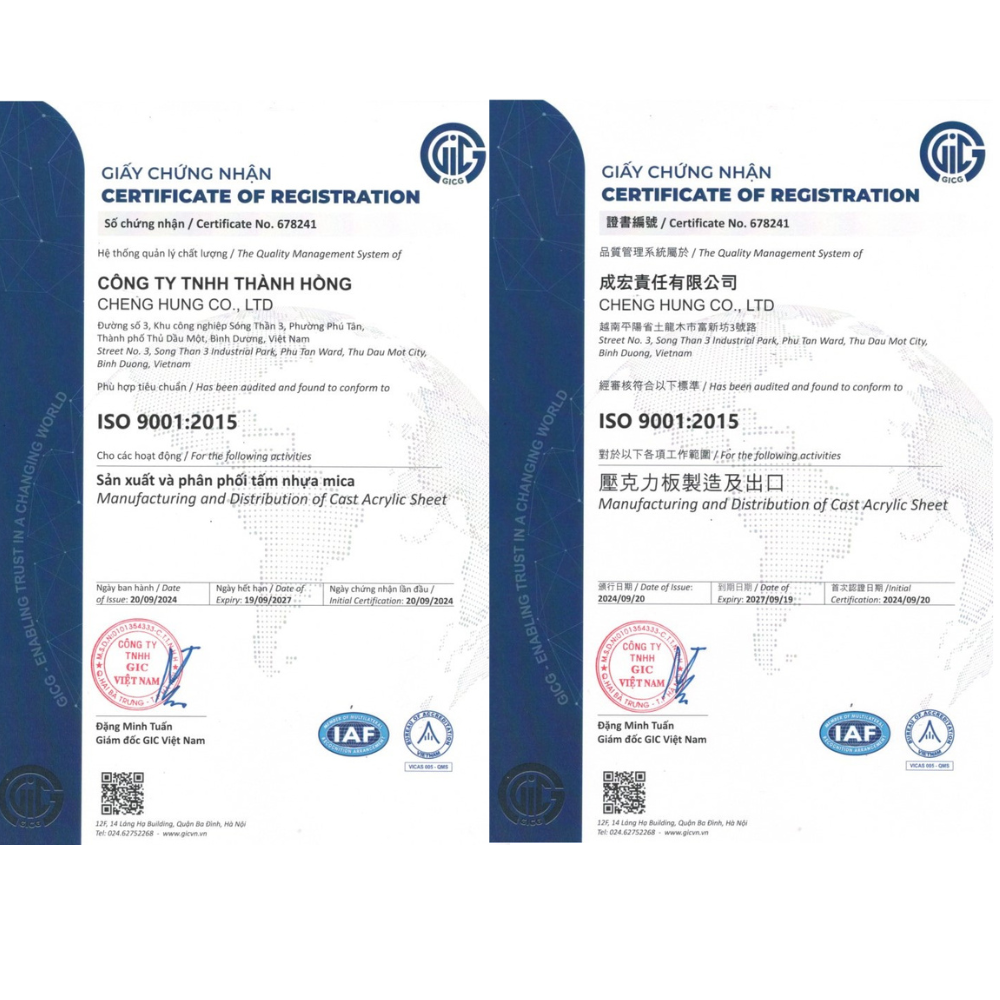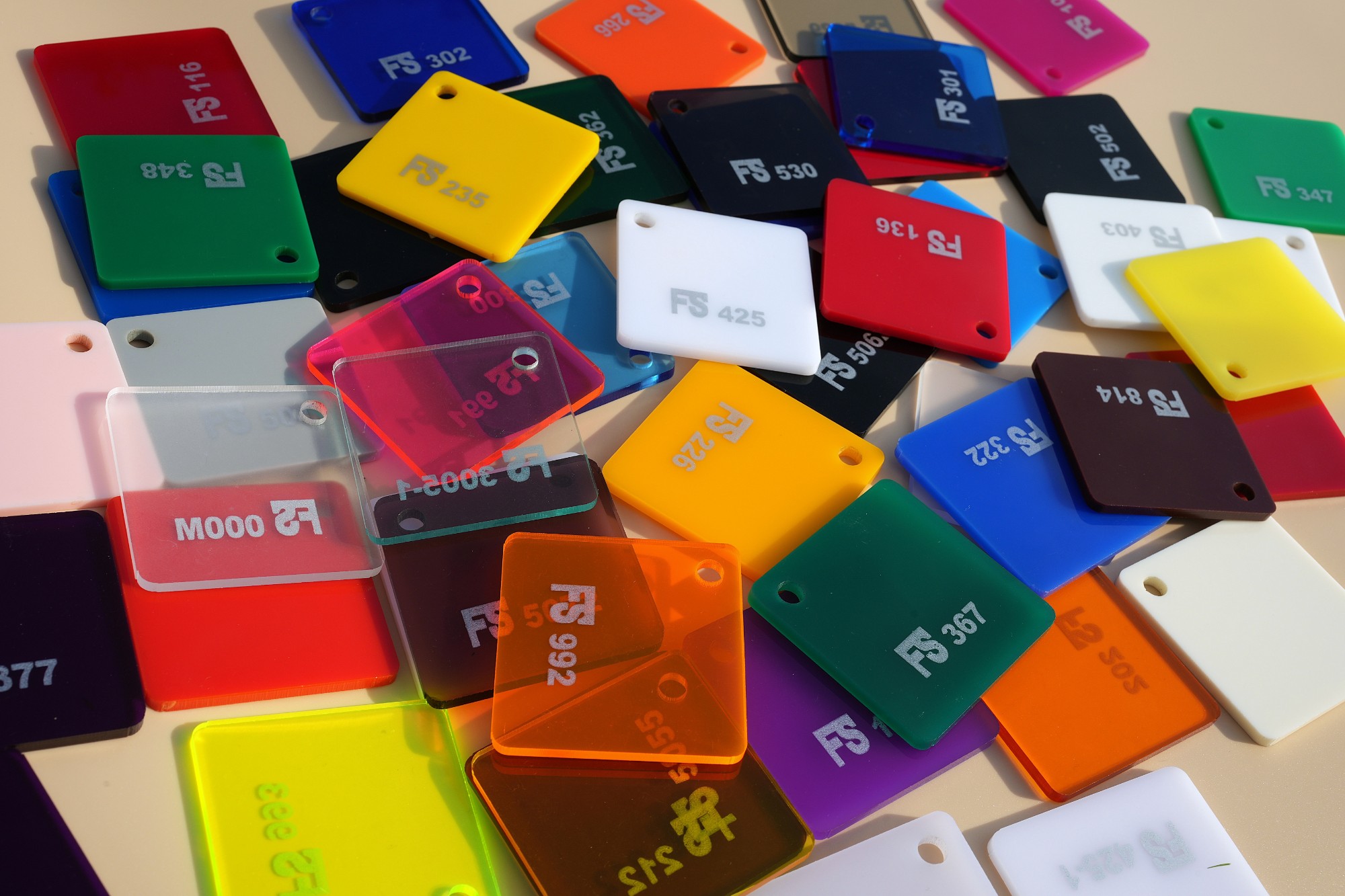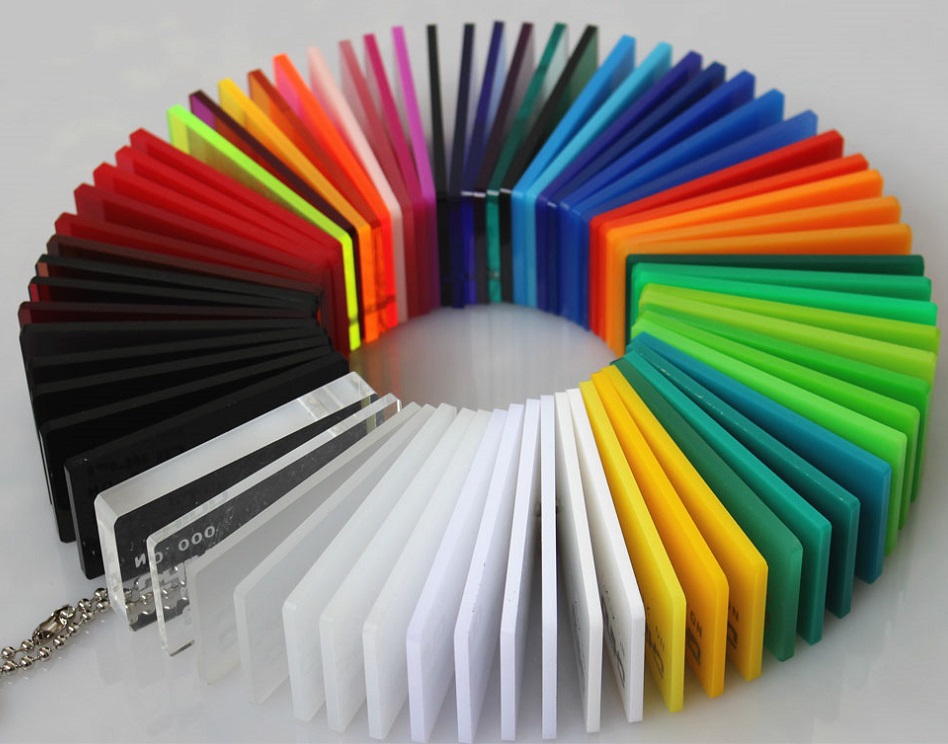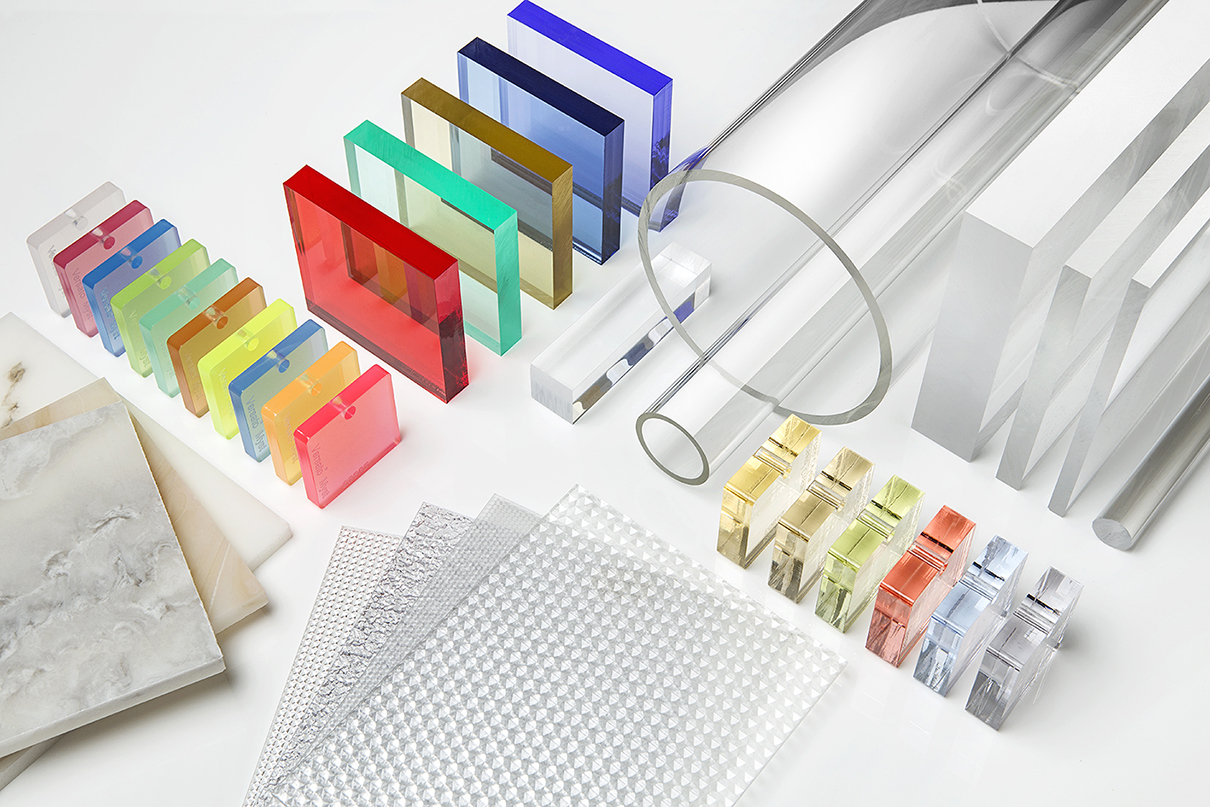
News
What You Need to Know to Properly Care for Acrylic Sheets and Extend Their Lifespan
What You Need to Know to Properly Care for Acrylic Sheets and Extend Their Lifespan
Acrylic sheets (PMMA or acrylic) have long been a popular alternative to glass due to their transparency, light weight, flexibility, and elegant appearance. However, to maintain their beauty, color durability, and extend their lifespan, proper care and maintenance are essential. Without correct cleaning and storage, acrylic surfaces can easily get scratched, yellowed, or deteriorate prematurely. This article will guide you through cleaning steps, scratch treatment, storage tips, and some handy tricks to keep your acrylic sheets looking like new for many years.
Reasons Why Proper Care and Maintenance Are Important:
- Protect and preserve appearance
- Increase durability and lifespan
- Ensure proper functionality
- Save costs on repairs and replacements
1. Regular Cleaning
Gentle Dust Removal
- First, use a soft dry cloth or a damp paper towel to gently blow off or wipe away dust from the acrylic surface. Avoid using microfiber cloths or stiff brushes, as they can trap larger dust particles and cause scratches when wiping.
- If there are grease or stains, apply a mild cleaning solution (e.g., 1% soapy water) on a soft cloth, gently wipe, and then rinse with clean water.
Suitable Tools
- Use only soft cloths; do not use rough fabric or sandpaper.
- Avoid strong chemicals such as acids, abrasive solvents, or alkaline cleaners — they can dull the surface or damage the durability of the acrylic sheet.
2. Polishing and Surface Buffing
Use specialized acrylic polishing wax.
- After cleaning, apply a few drops of acrylic polishing wax onto a soft cloth, then evenly buff the surface of the acrylic in circular motions. Continue until the surface shines like new.
- This is an effective way to restore gloss, reduce haze, and protect the acrylic surface for long-lasting durability.
Professional Polishing Machine
For deeper or larger scratches, use a polishing machine with a soft fabric wheel and liquid polishing wax solution to more effectively remove scratches.
3. Treating Scratches and Light Scuffs
Small scratches
- A simple household tip is to use clear nail polish: after cleaning the scratched area thoroughly, apply a thin layer of clear nail polish and let it dry. The scratch will gradually fade and become less noticeable.
- Note: If the polish spreads or leaves excess, you can remove it carefully with a cotton swab dipped in acetone.
Large or deep scratches
Use a specialized acrylic polishing solution and repeatedly wipe with a soft cloth until the scratch disappears completely.
4. Handling Cracks, Breaks, or Yellowing
Light cracks
Clean the cracked area thoroughly, then use a specialized acrylic adhesive (such as IPS glue) to seal the crack. Press gently, align carefully, and wait for the glue to fully cure to ensure the best bond.
Yellow stains, ink, or stubborn paint
- For yellow stains or ink: wipe with alcohol or spirits on a cotton pad, then rinse with clean water to remove residual odors.
- For paint or hard-to-remove substances: use gasoline to clean small areas, then wash with water to eliminate odors and stains.
5. Proper Storage and Care
Avoid impacts and scratches
Keep acrylic sheets away from sharp objects like knives, nails, or pointed tools. Handle carefully when moving, lifting, or placing to prevent cracks or scratches.
Store in a dry, well-ventilated place, avoiding high temperatures
Store acrylic in a dry area, away from direct sunlight, high heat, or humid environments — these conditions can cause warping, discoloration, or loss of elasticity.
When Not in Use for Long Periods
Wrap the acrylic sheets in a soft cloth, foam padding, or protective fabric, then store them in a cardboard box. Avoid stacking too many sheets on top of each other to prevent cracking or deformation.
6. Additional Notes
- Use the vinyl protective film (if available) on acrylic sheets during transportation and installation. Avoid peeling off the protective layer too early to prevent scratches.
- Acrylic sheets can withstand temperatures up to ~80 °C, are water-resistant, mold-resistant, and maintain color durability when properly cared for (with a lifespan of up to 15 years or more).
Proper care includes regular cleaning, treating minor scratches with clear nail polish, using specialized polishing solutions, storing in a dry and ventilated place, and effectively handling any issues. Following these steps helps keep acrylic sheets glossy and durable, prevents scratches, reduces yellowing, and maintains aesthetics. As a result, the lifespan of the acrylic is extended, keeping products looking like new and increasing their value.
Apply these methods consistently to keep your acrylic sheets clear, smooth, and beautifully durable over time!
THANH HONG CO., LTD – Specialist in High-Quality Mica Sheet Production
Address: Street No. 3, Song Than 3 Industrial Park, Phu Tan Ward, Thu Dau Mot City, Binh Duong Province, Vietnam
Website: https://thacrylics.com/vn/
Hotline:
International calls: +84 274 376 4298
Domestic calls: 0274 366 9918
Email: info@thacrylics.com
















